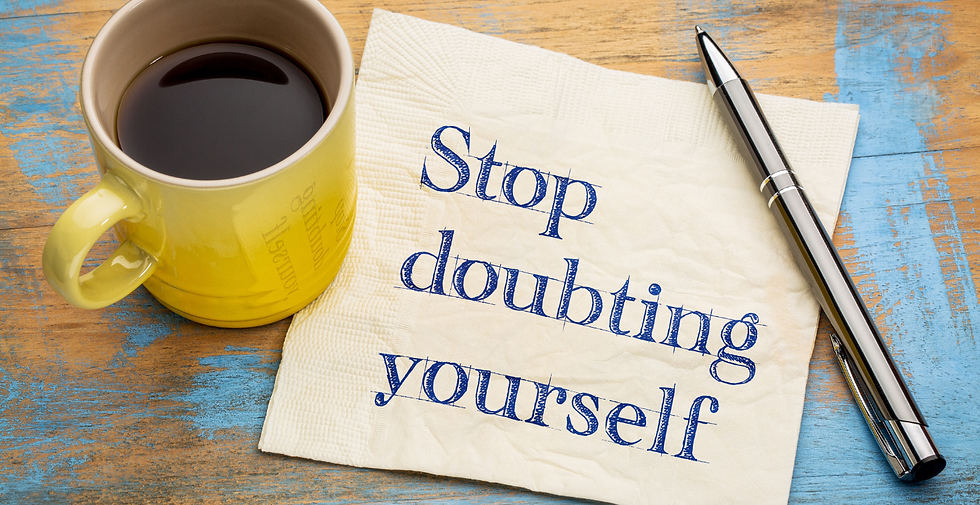How we learn, understanding your minds Riding Style
- Janet Wilson
- Oct 13
- 3 min read
Have you ever wondered why some lessons seem to click instantly while others take a bit more work to sink in? It’s not because you’re a slow learner – it’s because we all process information in different ways.
Every thought you have starts a chain reaction in your nervous system. The way your brain takes in and stores information shapes how you feel, react and learn – both in life and in the saddle.
Everything you experience is filtered through your five senses:
Visual – what you see (the picture in your mind or the sight of your horse’s ears flicking forward).
Auditory – what you hear (your instructor’s voice, the rhythm of your horse’s hooves).
Kinaesthetic – what you feel (your balance, contact, the texture of the reins in your hands).
Olfactory – what you smell (fresh hay, leather tack, the smell of your horse).
Gustatory – what you taste (yes, even that strong cup of tea before your ride counts!).
All of this information comes together to form your internal representations – your personal way of interpreting the world. And here’s the interesting part: everyone has a sensory preference, a sort of “learning language” they naturally use most.
For example, some riders are highly visual and learn best by watching others ride or picturing what “good” looks like. Others are kinaesthetic, preferring to feel their way through a movement until it clicks. Then there are the auditory riders, who need to hear clear instructions or talk themselves through each step.
Whichever system you use most strongly influences how you think, feel and perform. Your thoughts directly affect your emotional state, and that state affects your results. Think back to a time when you rode brilliantly; chances are, you were calm, focused and in a positive mood.
Confidence flows when your emotional state supports you.
Here’s how the chain works: Thoughts → Emotional State → Physiology (body language) → Behaviour → Results
When you feel anxious or frustrated, your body tenses, your breathing changes and your riding follows suit. When you feel calm and confident, your posture softens, your communication becomes clearer and your horse mirrors that energy. It’s proof that thoughts really do become things – or, as Henry Ford put it, “Whether you think you can or think you can’t, you’re right.”
There’s also a sixth system worth mentioning – Auditory Digital. This is that inner voice that runs the commentary in your mind: the one that says “you’ve got this” or, on a bad day, “don’t mess this up.” It’s not linked to a specific sense but to language itself – the way you talk to yourself. And as we know, that inner voice can be your greatest coach or your toughest critic.
Understanding your representational systems can make a world of difference in both learning and communication. It helps you spot how others process information too – your coach, your fellow riders, even your horse. (After all, horses are masters of reading body language and energy!)
By tuning into someone’s preferred system when working with riders I can “speak their language” more effectively. For a visual learner, it’s about painting a clear picture. For a kinaesthetic one, it’s about helping them feel the moment.
So, understanding how you learn isn’t just interesting, it’s one of the useful ways I help riders & coaches, improve and learn.
How NLP Fits In
Through NLP coaching, you can learn to recognise your own dominant learning style and use it to your advantage. It helps you reframe unhelpful patterns, quiet that critical inner voice and build a mindset that supports your riding goals. The more you understand how your mind learns, the easier it becomes to communicate clearly, stay calm under pressure and bring out the very best in both you and your horse.




